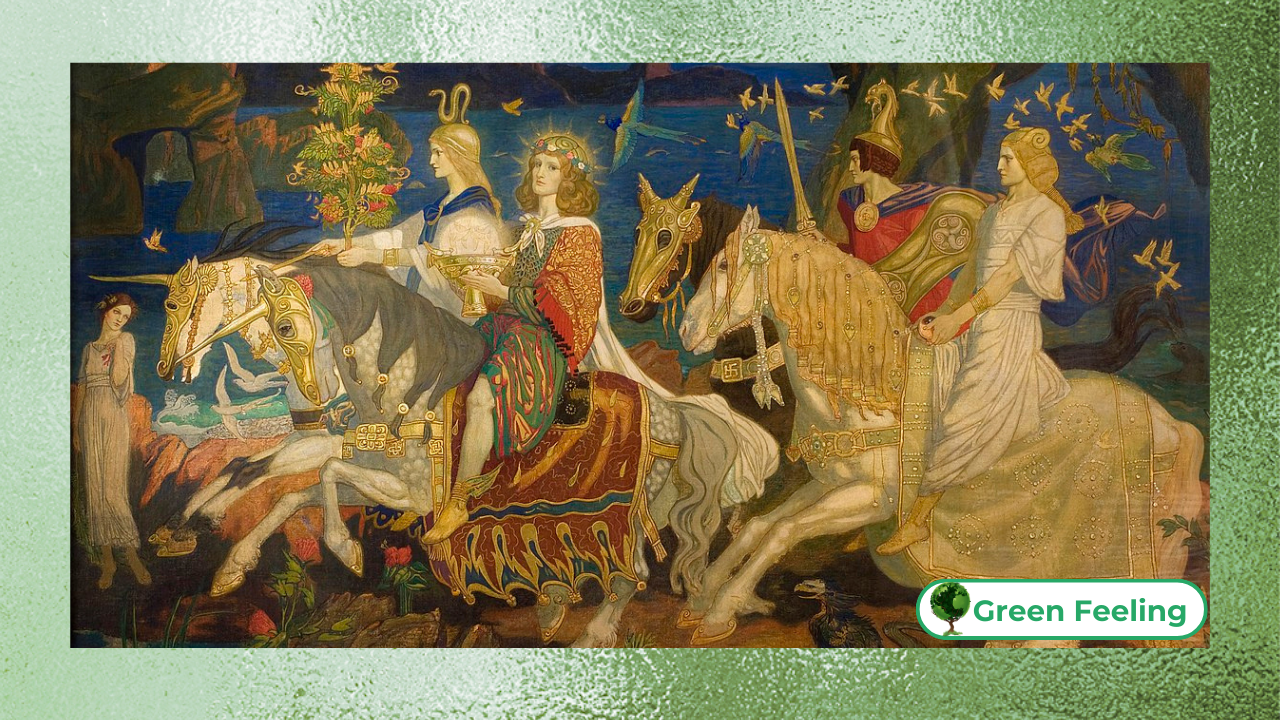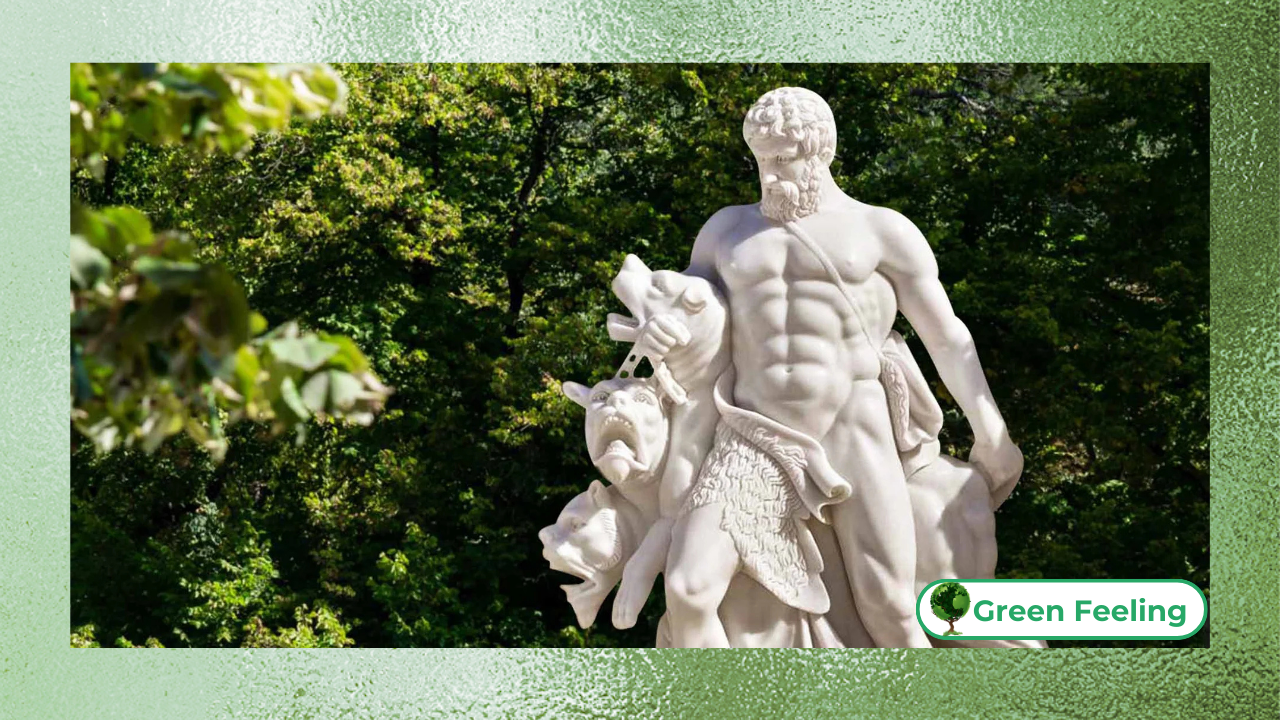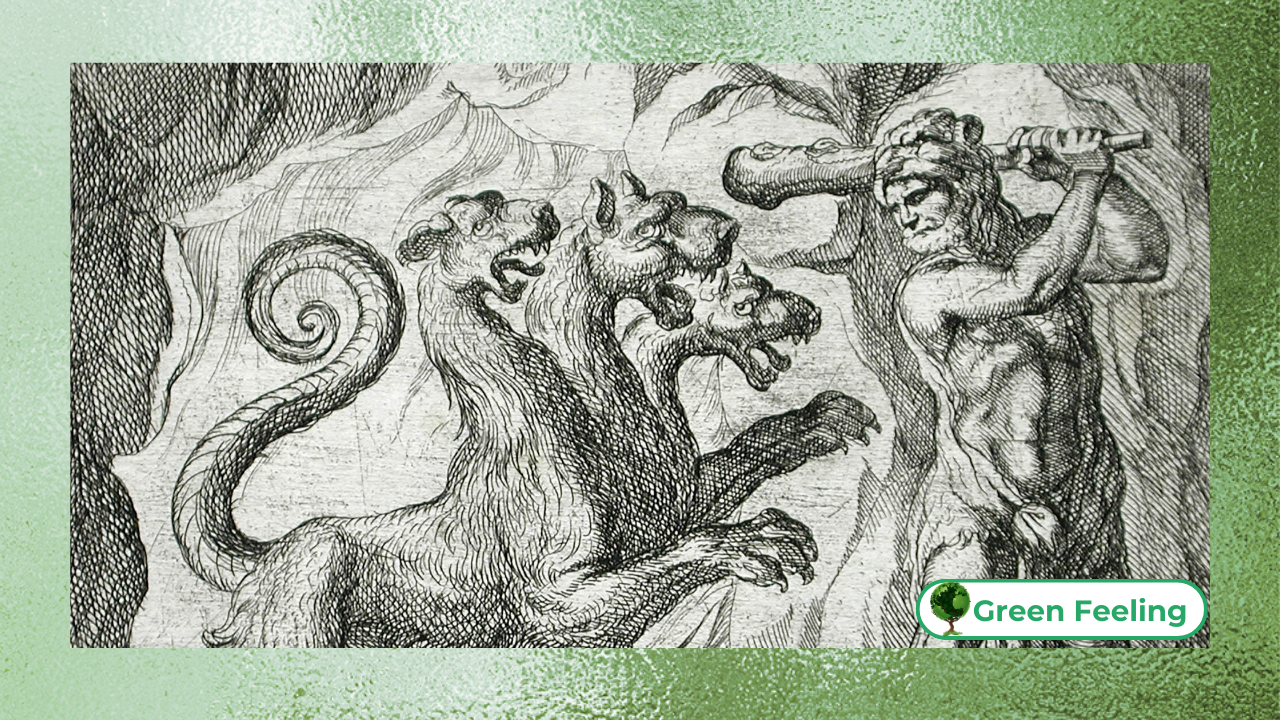Sustainable Management Practices: Ancestral Teachings for Modern Agriculture
Mythology has long been a source of wisdom, offering insights into the relationship between humans and nature.

Across cultures, myths and legends have emphasized the importance of respecting and harmonizing with the natural world.
These ancestral teachings hold valuable lessons for modern agriculture, particularly in the context of sustainable management practices.
By revisiting these ancient narratives, we can uncover principles that align with contemporary efforts to promote ecological balance, biodiversity, and resource conservation.
This article explores the intersection of mythology and sustainable agriculture, highlighting how ancient wisdom can inform and inspire modern farming practices.
- Mythology provides timeless lessons on harmony with nature.
- Ancestral teachings align with modern sustainable agriculture principles.
The Role of Mythology in Shaping Agricultural Practices
Mythology has played a significant role in shaping agricultural practices across civilizations.
In ancient Greece, for example, the goddess Demeter symbolized the fertility of the earth and the cycles of planting and harvest.
Her story emphasized the importance of respecting natural rhythms and maintaining soil health.
Similarly, in Mesoamerican cultures, the maize god Centeotl was revered as a symbol of sustenance and agricultural abundance.
These myths often included rituals and practices that promoted sustainable land use, such as crop rotation and the conservation of water resources.
By studying these narratives, we can identify principles that remain relevant for modern agriculture.
- Demeter and Centeotl symbolize the sacredness of agriculture.
- Myths often included sustainable practices like crop rotation and water conservation.
+ African Mythology: Spirits of the Earth and Mystical Creatures
Lessons from Ancestral Wisdom

Ancestral wisdom, as reflected in mythology, offers several key lessons for sustainable agriculture.
One such lesson is the concept of reciprocity—giving back to the earth what is taken.
Many indigenous cultures practiced rituals to honor the land, such as offering sacrifices or planting ceremonial crops.
Another lesson is the importance of biodiversity, as myths often celebrated the interconnectedness of all living beings.
For instance, Native American legends frequently highlighted the role of animals and plants in maintaining ecological balance.
These teachings encourage modern farmers to adopt practices that prioritize soil health, biodiversity, and resource conservation.
- Reciprocity and giving back to the earth are central themes.
- Biodiversity and interconnectedness are celebrated in myths.
Applications of Mythological Principles in Modern Agriculture
The principles derived from mythology can be applied to modern agriculture in various ways.
Agroecology, for example, draws on the idea of working with nature rather than against it, much like the harmonious relationships depicted in myths.
Practices such as intercropping, agroforestry, and organic farming align with the ancestral emphasis on biodiversity and soil health.
Additionally, the concept of sacred landscapes, as seen in myths, can inspire the creation of conservation areas within agricultural systems.
+ The Role of Goddesses in Ancient Mythology
The table below summarizes some mythological principles and their modern agricultural applications.
| Mythological Principle | Modern Agricultural Application | Example |
| Reciprocity | Composting and organic fertilization | Using crop residues to enrich soil |
| Biodiversity | Intercropping and agroforestry | Planting trees alongside crops |
| Sacred landscapes | Conservation areas and buffer zones | Protecting wetlands and forests |
| Cyclical rhythms | Crop rotation and seasonal planting | Rotating legumes with cereals |
Case Studies: Mythological Influence in Different Countries
The influence of mythology on sustainable agriculture can be seen in various countries and cultures.
In India, the sacred groves known as “devarakadus” are protected forest areas that reflect the mythological belief in the sanctity of nature.
These groves serve as biodiversity hotspots and sources of traditional knowledge.
In Peru, the Quechua people continue to practice ancient agricultural techniques, such as terracing and crop diversity, inspired by their myths about Pachamama (Mother Earth).
Similarly, in Japan, the Shinto tradition of honoring kami (spirits) in natural elements has led to the preservation of forests and sustainable farming practices.
- Sacred groves in India as biodiversity hotspots.
- Quechua practices inspired by Pachamama in Peru.
- Shinto traditions promoting forest conservation in Japan.
+ How to Implement an Agroforestry System on Small Farms
Challenges and Opportunities
While mythological principles offer valuable insights, their application in modern agriculture faces challenges.
One major challenge is the loss of traditional knowledge due to urbanization and cultural erosion. Additionally, the scalability of ancient practices in large-scale farming systems can be difficult.
However, there are opportunities to integrate these principles into modern frameworks, such as through education, community-based initiatives, and policy support.
By bridging the gap between ancient wisdom and contemporary science, we can create more sustainable agricultural systems.
- Loss of traditional knowledge is a significant challenge.
- Education and policy support can help integrate ancient practices.
Future Prospects and Research Directions
The future of integrating mythological principles into sustainable agriculture looks promising.
Research is increasingly focusing on the synergies between traditional knowledge and modern science.
For example, studies are exploring how indigenous practices can enhance climate resilience and soil health.
There is also growing interest in documenting and preserving traditional myths and practices as part of cultural heritage.
By fostering collaboration between farmers, researchers, and policymakers, we can ensure that ancestral wisdom continues to inform and inspire sustainable agriculture.
- Synergies between traditional knowledge and modern science.
- Documentation and preservation of cultural heritage.
Did you enjoy the content about “Mythology and Sustainable Management Practices”?
If so, share this article with others who might benefit from learning how ancient wisdom can inspire modern agriculture!
+ The Role of Animals in Mythology: Guardians of Nature
Conclusion
Mythology offers a rich tapestry of wisdom that can guide modern agriculture towards sustainability.
By revisiting ancestral teachings, we can uncover principles that promote ecological balance, biodiversity, and resource conservation.
From the sacred groves of India to the terraced fields of Peru, these ancient practices demonstrate the enduring relevance of mythological wisdom.
As we face the challenges of climate change and environmental degradation, integrating these timeless lessons into modern farming systems can help create a more sustainable and resilient future for agriculture.
References
CAMPBELL, J. The Power of Myth. New York: Anchor Books, 1991.
GADGIL, M.; GUHA, R. This Fissured Land: An Ecological History of India. Berkeley: University of California Press, 1993.
TOLEDO, V. M. Indigenous Knowledge and Sustainable Agriculture in Latin America. Agroecology and Sustainable Food Systems, v. 25, n. 2, p. 45-60, 2005.
UNESCO. Sacred Natural Sites: Conserving Nature and Culture. Paris: UNESCO Publishing, 2010.
External Links






